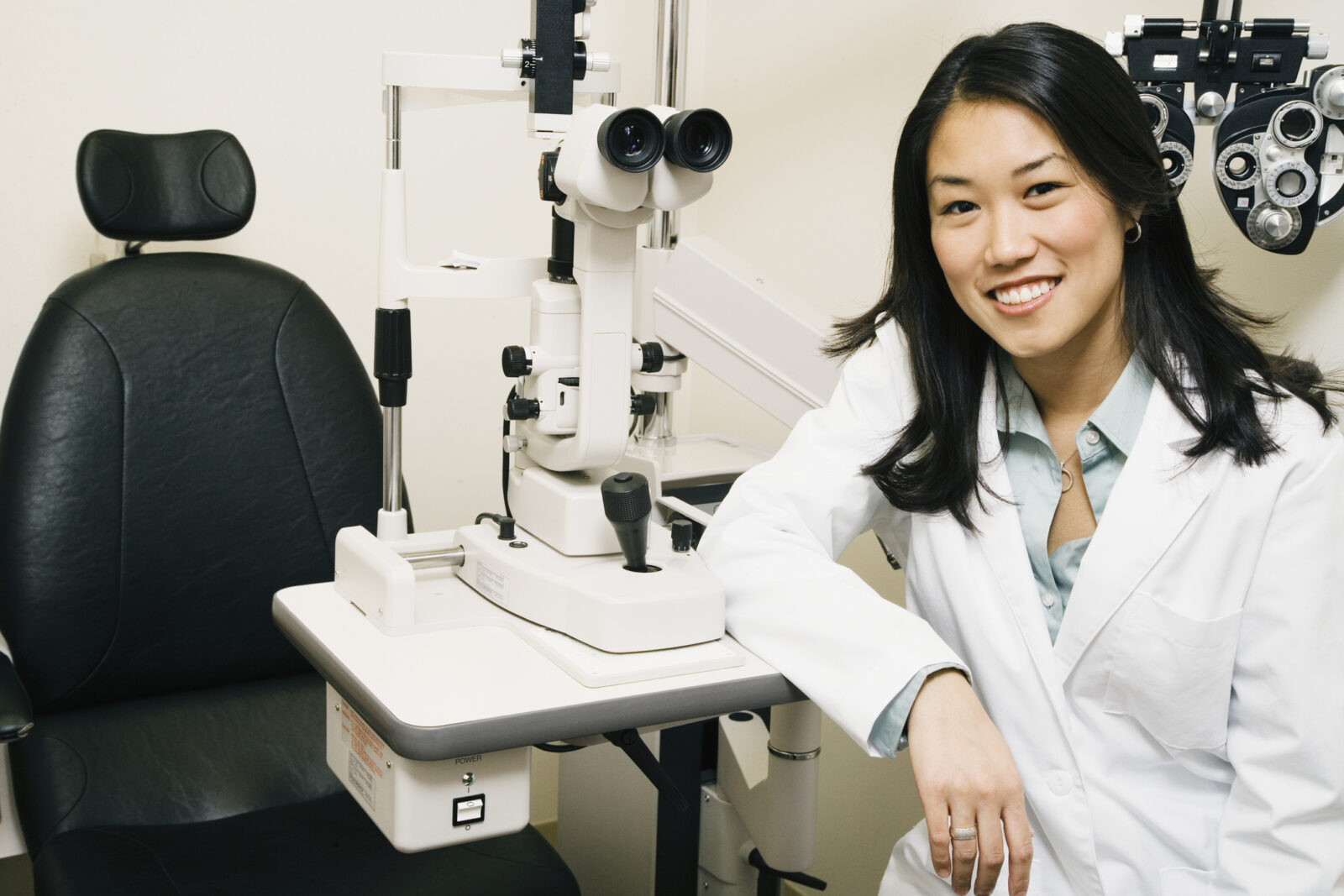Considering LASIK eye surgery? When you calculate the long-term cost savings, LASIK often pays for itself in under 5 years. Learn more about the financial and lifestyle benefits of LASIK.
The Ongoing Cost of Glasses and Contacts
If you wear contacts or glasses, you likely spend over $500 per year on supplies and replacements. That cost adds up over time. LASIK offers an alternative with a one-time upfront investment that saves money in the long run.
According to average costs for popular brands:
- A 90-day supply of daily disposable contacts costs $69.99 per eye, per year
- Contact solution can be up to $144 annually
- Replacing glasses every 5 years costs $250 or more
- The total yearly cost for contacts and glasses is approximately $3,000
Convenience and Lifestyle Benefits
Beyond cost savings, LASIK also alleviates the hassle of glasses and contacts. An independent survey found that people spend over 60 hours per year managing, changing and cleaning eyewear.
Glasses and contacts also impact lifestyle. Have you ever:
- Played sports with glasses sliding down your nose?
- Dealt with irritated eyes from sleeping in contacts while traveling?
- Run out of contacts before an important event?
- Fumbled for your glasses to check on family members at night?

By correcting vision with LASIK, you can say goodbye to these annoyances.
The Bottom Line
While conveniences like text messaging and grocery delivery improve lifestyle, they rarely provide financial returns. LASIK is a rare investment that offers both cost savings and enhanced quality of life.
If you’re considering LASIK, calculate your own potential cost savings versus glasses and contacts. Also reflect on the lifestyle benefits of being glasses and contact-free. For many patients, LASIK is an investment that pays off with compound interest.
Sources:
Nichols, Jason J., OD, MPH, PhD, FAAO, and the staff of Contact Lens Spectrum: Annual Report: Contact Lenses 2010.
Independent online study conducted by Empower MediaMarketing — January, 2012.
Prices from 1800Contacts.


